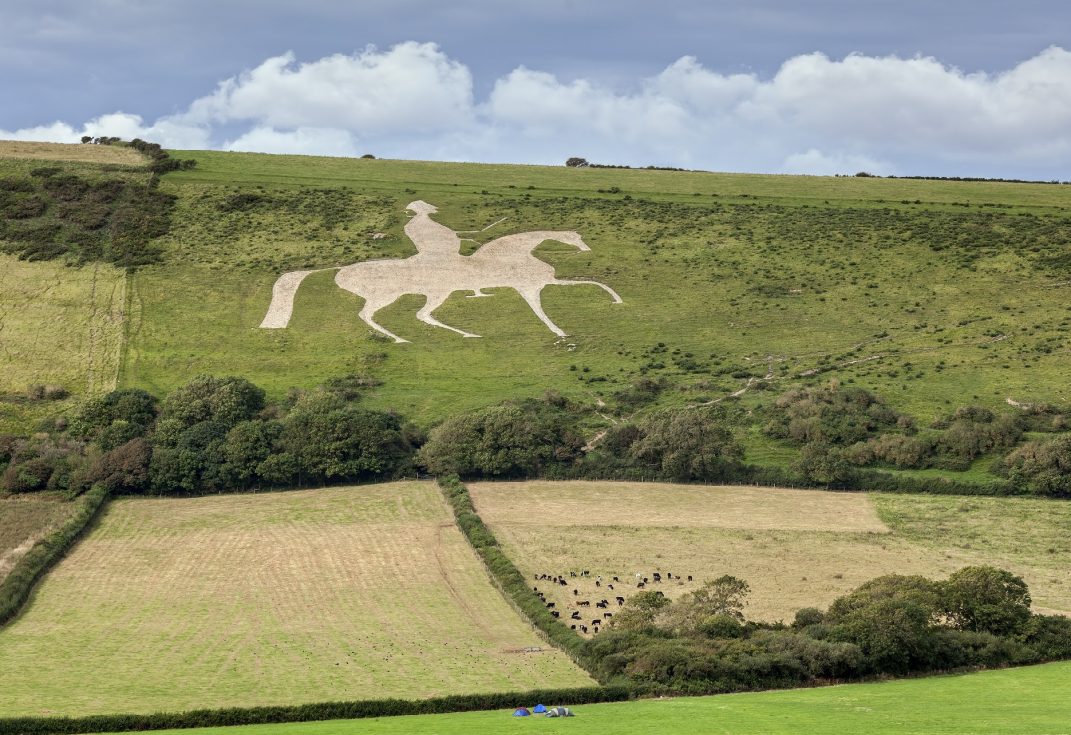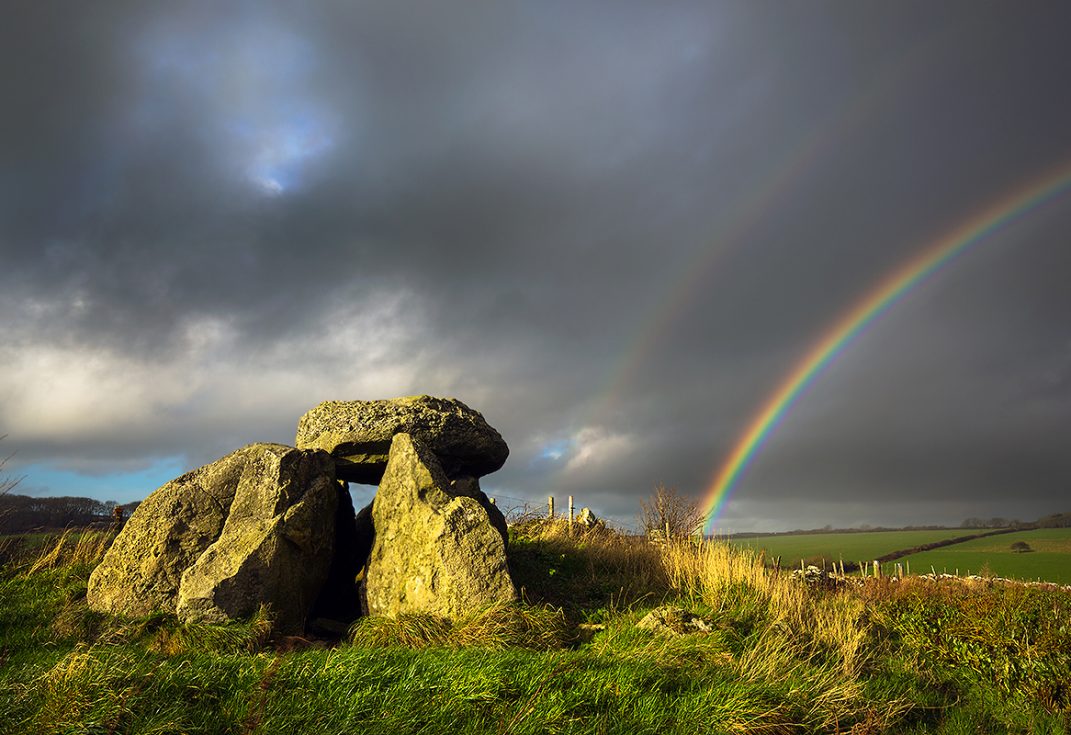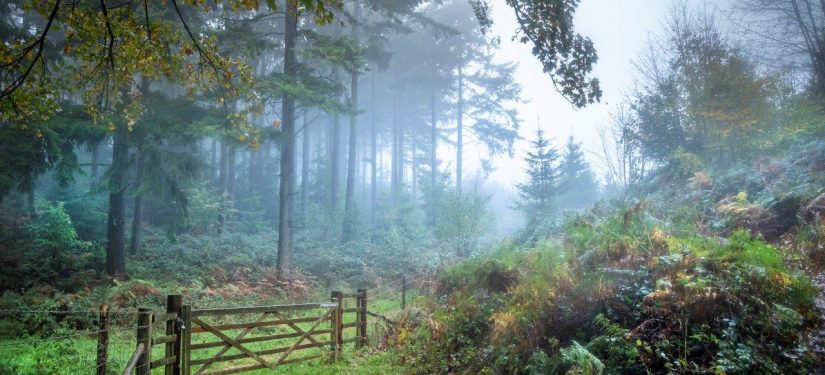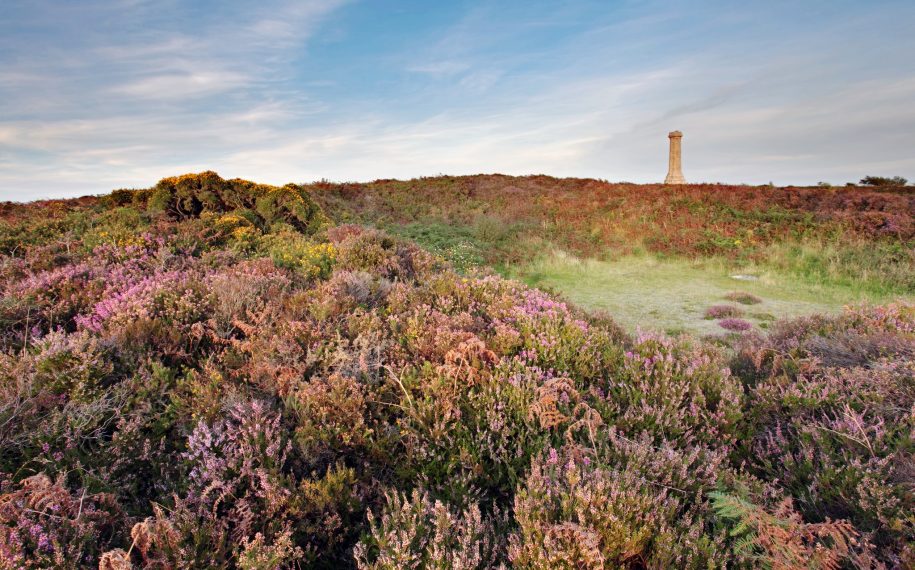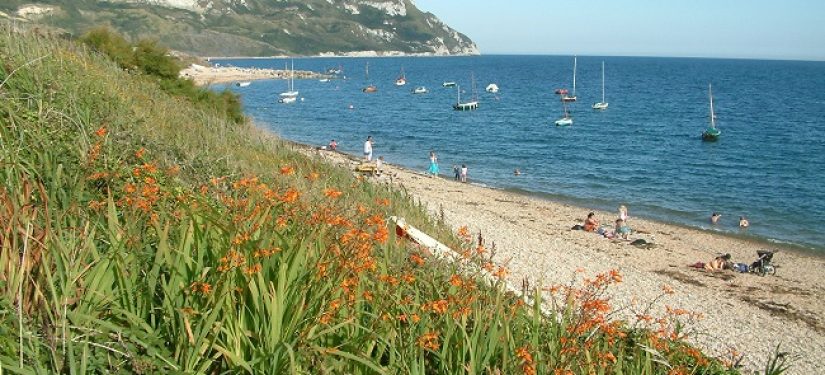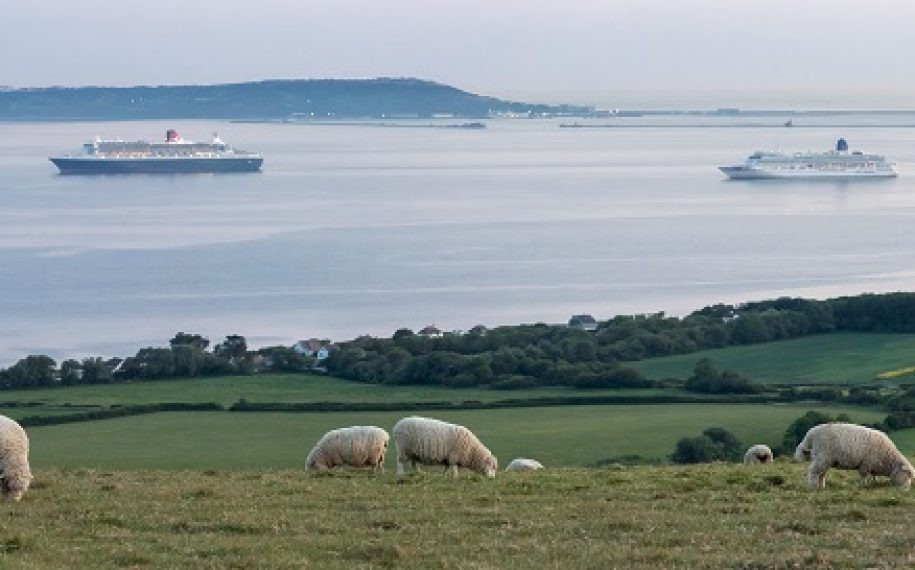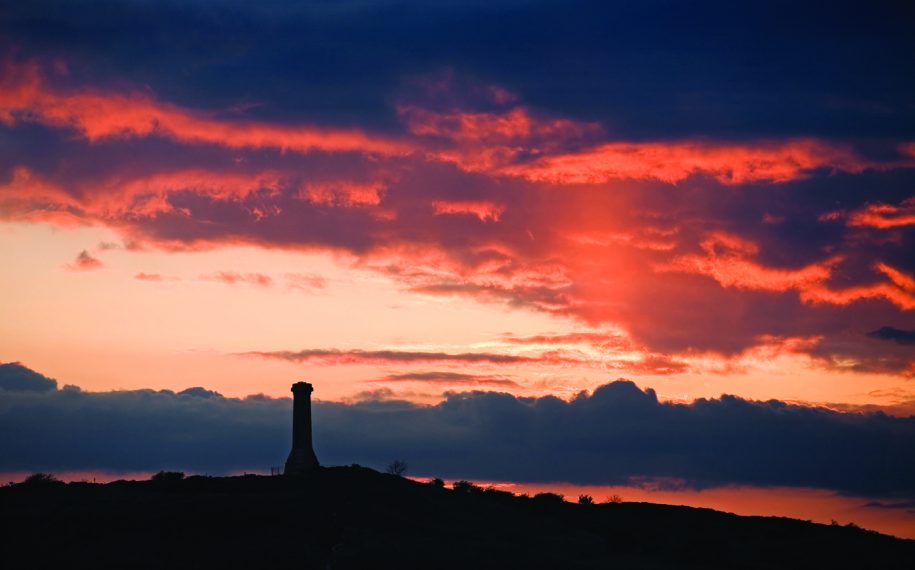Seaside hamlet & close by chalk hill figure
Nestled along the rugged Jurassic Coast, east of Weymouth is Osmington Mills – a seaside hamlet with a fascinating geology and past in smuggling to discover. Then head inland to view the iconic chalk horse carved into the South Dorset Ridgeway – the aptly named ‘Land of Bone and Stone.’
.



